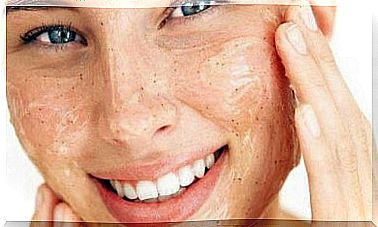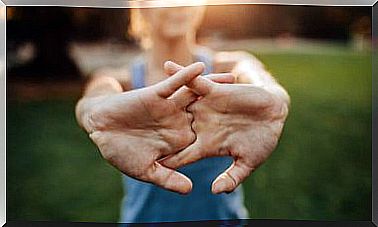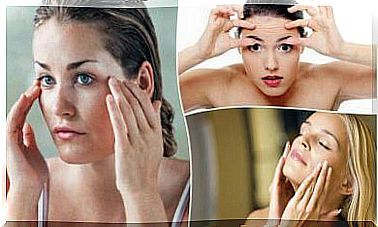Asymmetrical Faces: What Causes Them And How To Treat Them
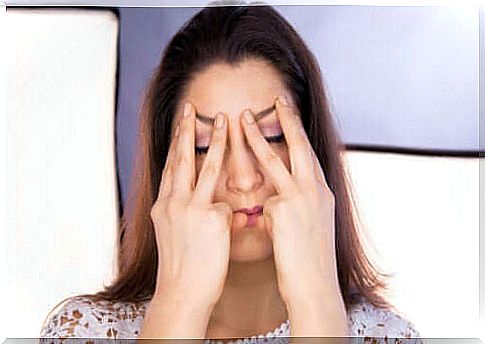
Asymmetrical faces, or “facial asymmetry”, is a condition in which there is disharmony between both sides of the face. When we say both sides, we refer to the sections that occur by drawing an imaginary vertical line down the center of the face.
In general, asymmetrical faces are displayed in two modalities. One is when the disharmony is in the jaw or maxilla; the other is when multiple bones are involved. In the latter case, the cheekbones, eye sockets, nose and forehead, etc. can be affected.
Sometimes the asymmetry stems from a disharmony of muscles, skin or nerves. In any case, an asymmetrical face only deserves an intervention if it is very clear, until it will lead to psychological or social consequences for the affected person.
What can cause it?
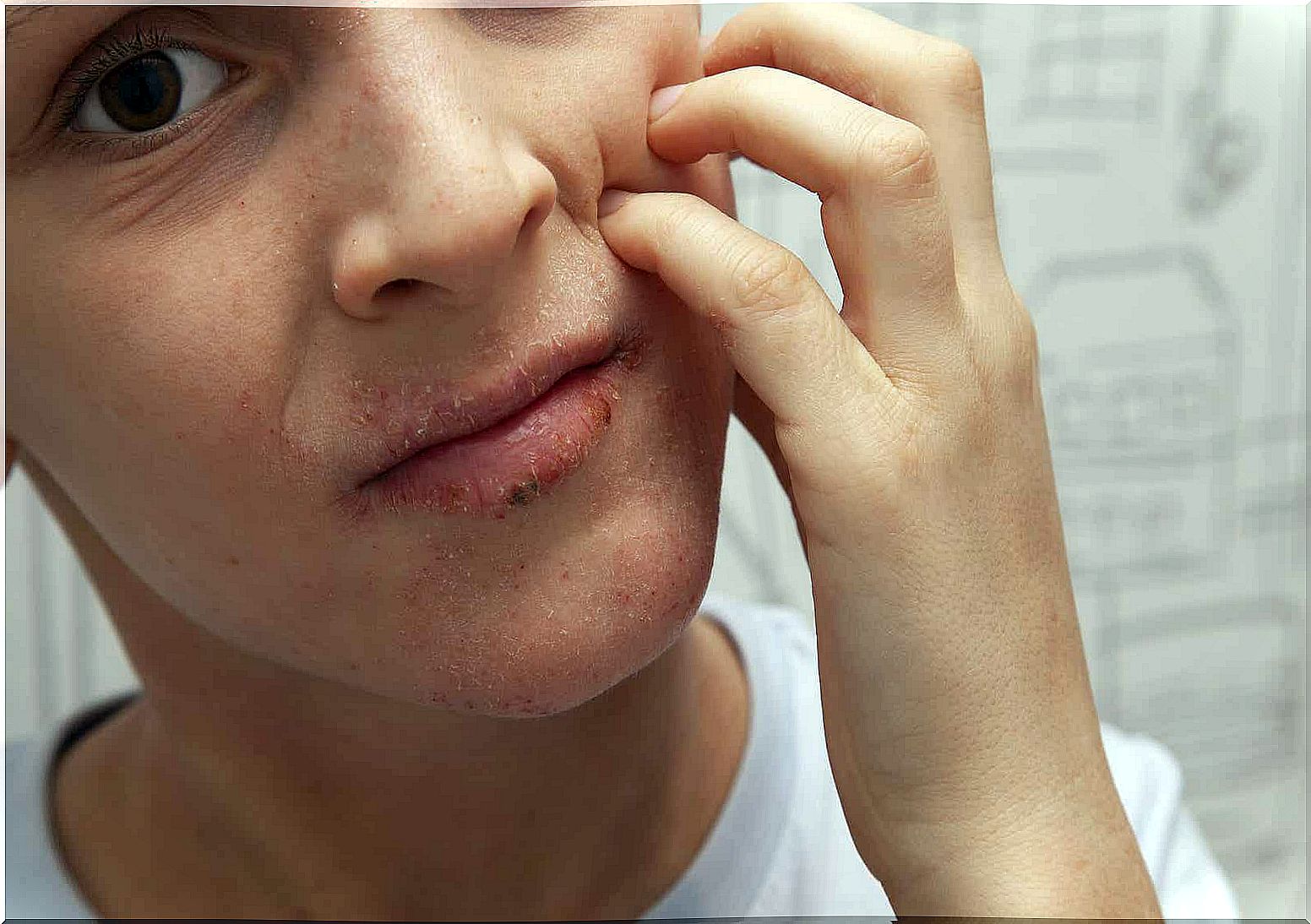
There are several reasons that can lead to the asymmetrical face configuration. The most important are the following.
Congenital torticollis
Congenital torticollis is a contracture of the sternocleidomastoid muscle that lies in the neck and allows rotation of the head. This problem is caused by a poor position of the fetus inside the uterus or by a vacuum or forceps extraction during birth.
In this case, there is a deviation from the head to the affected side. This causes the child to bring the ear to the shoulder and the chin to the other side. This disharmony is relatively easy to correct.
Tooth and jaw problems
In this case, the jaw or maxilla does not develop properly, and this gives rise to an asymmetrical face. Therefore, a bite defect, or “malocclusion” occurs. This can occur in the vertical, transverse or anterior plane. Quite often it not only affects the appearance, but also causes problems with eating, talking and even breathing.
Craniosynostosis
This is a congenital condition in which one or more sutures in the baby’s head close earlier than normal. In the baby’s skull, there are plates with bones that are still growing. The edges where these plates intersect are the sutures.
Under normal circumstances , the sutures should only close when the child is between 2 and 3 years old. If this happens earlier, it leads to an abnormally shaped head and as a result of an asymmetrical face.
Growth spores
Growth spurts are sudden and accelerated growth increases. They are periodic and frequent until they are 4 years old. Then the process slows to puberty, when one of these “growth spurts” occurs again.
Asymmetrical faces can be configured during growth spurts that correspond to puberty. In that condition, one side of the jaw can grow faster than the other.
Hemifacial microsomy
Hemifacial microsomia is a disorder in which one side of the face is not fully developed. In some cases, both sides of the face are affected or the deformity also involves the skull as a whole.
This abnormality can range from mild to severe. It can affect the shape of the face, but also the ear, teeth, jaws, cheeks and nerves. The cause of this problem is thought to be genetic.
Other causes
There are other factors that can affect the shape of an asymmetrical face. Among them are the following:
- Aging. Cartilage continues to grow after puberty, and this can cause asymmetry in the face over the years.
- Dental work. Teeth pulling, as well as the use of dentures, affect the shape of the face.
- Tobacco consumption. One study revealed a link between smoking and an asymmetrical face.
- Damage. Injuries can change the shape of the face.
- Punch. This condition causes numbness in part of the face.
- Bells paresis. This is a sudden facial paralysis that is almost always temporary.
- Lifestyle. Recurrent bad posture can lead to deformity of the face.
How to detect if there is facial asymmetry
Sometimes you can detect facial asymmetry with the naked eye, sometimes not. If it is not noticeable, it may not be relevant to detect it either. But if someone wants to check if they have an asymmetrical face, there is an easy way to do it.
The best thing you can do is take a picture with your head straight and your face in the foreground. Then do the following:
- Draw a vertical line from the forehead to the chin.
- Draw a horizontal line from one eye ring to the other.
- Then draw a horizontal line connecting the two ends of the lip.
- After that, draw a line connecting the two opposite points on the widest part of the face.
- Finally, draw a line between both nostrils.
If the straight line eventually coincides with the disposition of the face, the person has a symmetrical face. If, on the contrary, it does not match, then we are talking about facial asymmetry. From a medical point of view, this does not matter.
When is treatment needed?
Asymmetrical faces should only be treated if they cause significant functional or aesthetic problems. That is, when it does not allow the person to perform certain activities or significantly impedes them. Also when appearance generates psychosocial difficulties.
The question of appearance is very subjective. A person may feel that some asymmetry in the face is very prominent, even if it really is not. If that is the case, however, they would not be a candidate for medical treatment.
Treatments available for asymmetrical faces
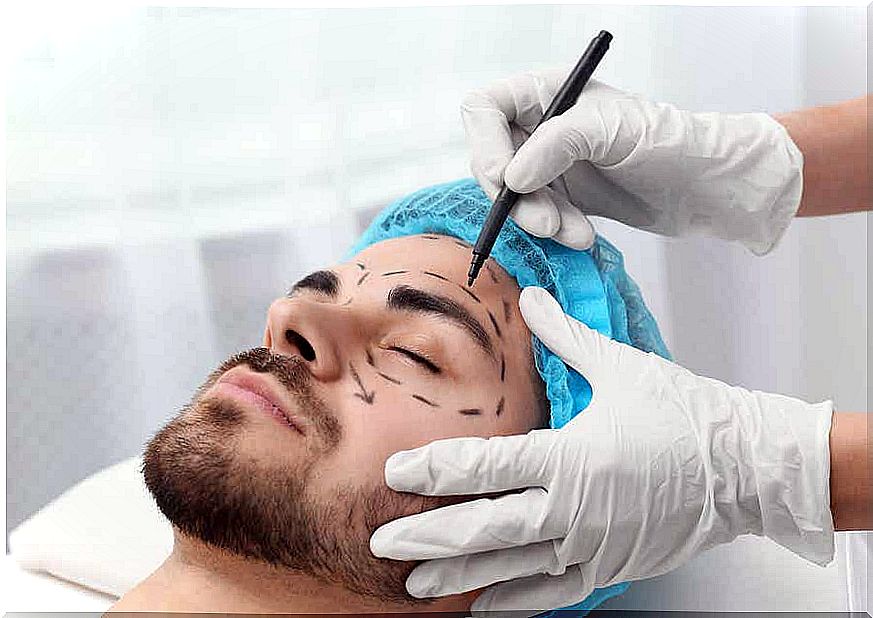
Usually, the most notorious cases of asymmetrical faces can be corrected with maxillofacial surgery. This usually achieves the desired functional and aesthetic goals. There are basically three methods for this surgical procedure:
- Maxillary orthognathic surgery. Only one of the jaws is operated on.
- Bimaxillary orthognathic surgery. Both jaws are operated on.
- Bimaxillary or monomaxillary surgery. It can be accompanied by other aesthetic operations. It is used when there is generalized asymmetry.
This latter option may be accompanied by rhinoplasty, blepharoplasty, implants or facial fillers, depending on the case. In general, these are low-risk procedures that rarely cause complications.
An asymmetrical face can also be attractive
There is no scientific evidence that facial exercises have any effect on an asymmetrical face. What is certain is that if the asymmetry is due to muscle weakness or irregularities in muscle tone, there are facial exercises that can help correct this.
Remember that perfect symmetry is not always more aesthetically pleasing. Imperfections can give a face great personality and attraction. So it is only worth trying a change if the abnormality has negative effects.
